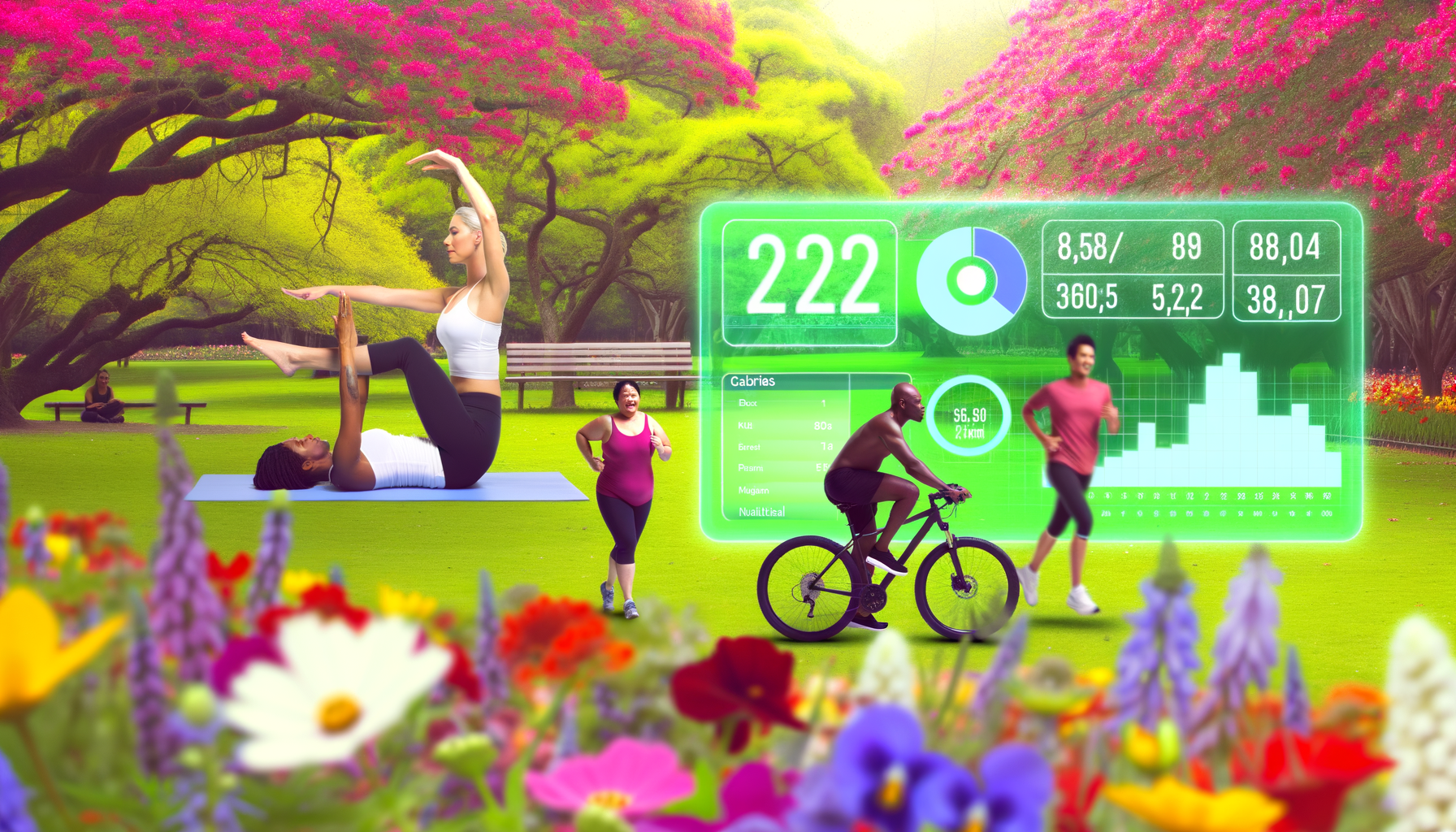Create a Calorie Tracking Challenge for Your Fitness Community
Engaging Your Community Through Calorie Tracking Challenges
Creating a calorie tracking challenge for your fitness community is a powerful way to foster engagement, encourage motivation, and build strong social bonds among members. By leveraging the principles of gamification, progress sharing, and group support, you can design a challenge that not only helps participants reach their fitness goals but also enhances their overall experience within the community.
Benefits of Calorie Tracking Challenges
Calorie tracking challenges offer numerous benefits, including increased motivation, improved accountability, and enhanced social interaction. When participants are part of a group challenge, they are more likely to stay committed to their goals, as they feel a sense of responsibility towards their peers. Moreover, sharing progress and achievements creates a supportive environment where individuals can learn from each other's successes and setbacks.
Platforms like Lose It! and FatSecret provide comprehensive tools for tracking calories, which can be integrated into your challenge. These apps allow users to log their food intake, track their progress, and connect with others for support and motivation.
Designing a Calorie Tracking Challenge
To create an effective calorie tracking challenge, consider the following steps:
- Define Clear Goals: Determine what the challenge aims to achieve, whether it's weight loss, calorie intake management, or improving overall fitness. Ensure the goals are measurable and achievable.
- Choose a Platform: Select a suitable calorie tracking app or tool that participants can use to monitor their progress. For instance, WP Calorie Calculator offers a convenient and user-friendly way to estimate calorie needs.
- Set Rules and Guidelines: Establish clear rules and guidelines for the challenge, such as the duration, tracking requirements, and any incentives or rewards for participants who meet their goals.
- Encourage Social Interaction: Use social media platforms or community forums to encourage participants to share their progress, ask questions, and support each other throughout the challenge.
- Offer Incentives: Consider offering rewards or incentives for participants who achieve specific milestones or demonstrate significant progress.
Engagement Strategies for Your Challenge
Engaging your community throughout the challenge is crucial for maintaining motivation and ensuring the success of the challenge. Here are some strategies to enhance engagement:
- Regular Updates and Reminders: Send regular emails or messages to participants with updates on their progress, tips for staying on track, and reminders about upcoming milestones.
- Group Support Sessions: Organize group sessions, either in-person or online, where participants can share their experiences, discuss challenges, and receive support from peers and mentors.
- Progress Sharing: Encourage participants to share their progress on social media using a branded hashtag. This can help create a sense of community and provide motivation through public accountability.
- Gamification Elements: Introduce gamification elements such as leaderboards, challenges, or rewards for achieving specific goals. This can add a fun and competitive element to the challenge.
Case Studies and Real-World Examples
Real-world examples of successful fitness challenges can provide valuable insights into what works and how to structure your own challenge effectively. For instance, the activity tracker competitions mentioned by ISSA highlight the importance of social interaction and friendly competition in achieving fitness goals.
Another example is the 10,000 Calorie Challenge, which, although extreme, demonstrates how challenges can be used to push boundaries and create engaging content for social media platforms.
Overcoming Challenges in Calorie Tracking
Calorie tracking challenges also come with their own set of challenges, such as ensuring accurate calorie intake measurements and dealing with the limitations of calorie tracking algorithms. Research by WHOOP highlights these challenges and underscores the importance of using reliable tools and algorithms to estimate calorie expenditure.
For those interested in developing their own calorie tracking apps, understanding the market and its challenges is crucial. Insights from AdamSoft provide valuable guidance on the pros and cons of existing calorie counting apps and how to improve upon them.
Conclusion and Next Steps
Creating a successful calorie tracking challenge requires careful planning, engagement strategies, and the right tools. By leveraging platforms like WP Calorie Calculator and incorporating elements of gamification and social interaction, you can build a strong and supportive community that encourages participants to reach their fitness goals.
To further enhance your challenge, consider exploring different pricing plans for tools and services, such as WP Calorie Calculator Plans, which can help you tailor your challenge to the specific needs of your community.
For those interested in learning more about how to engage their fitness community or develop effective calorie tracking tools, exploring resources like ISSA and FatSecret can provide valuable insights and tools to help you get started.











